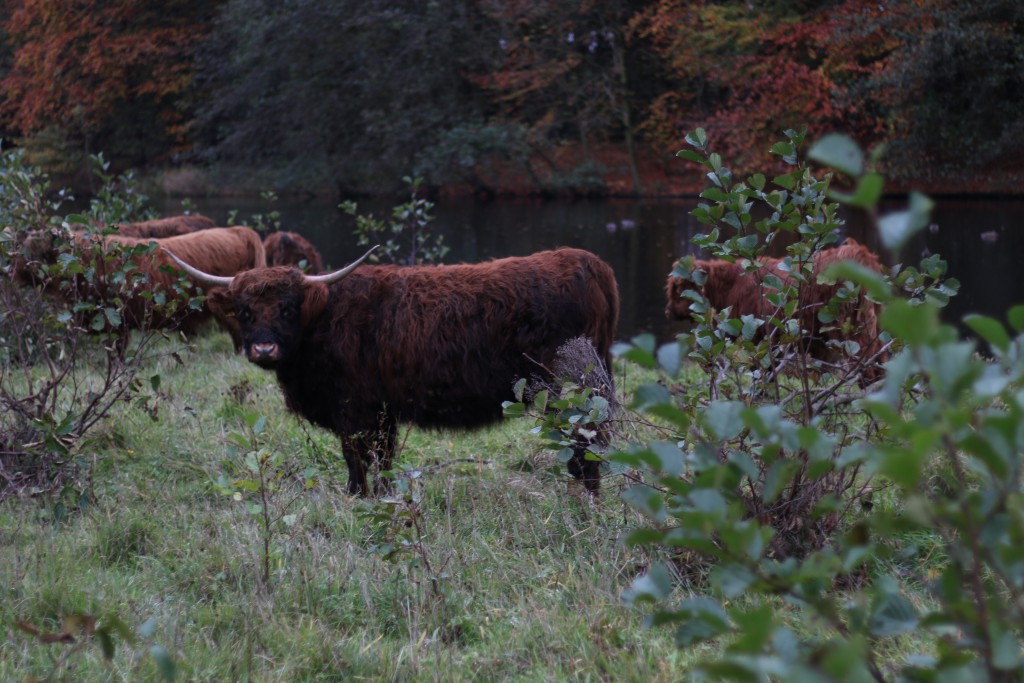It seems this week there were a number of stories in the news about Bison. President Obama signed the “National Bison Legacy Act” that named the American Bison as the official mammal of the United States. There was an incident in Yellowstone Park when some tourists captured a bison calf and put it in their car. And a subsequent story about the unfortunate fate of that young bison calf. My pastor even preached about Bison this week!
Bison are really very interesting animals. They are large, shaggy furred, horned animals that appear to be slow, but can run up to 30 mph. There were many American Bison in the early days of our country and the Native Americans would travel beside the herds and use their meat, hide and horns. Later European and American trappers traveled west and began to kill the animals for their fur. The legendary “Buffalo Bill” bragged he had killed 5,000 bison in an 18 month period. They became almost extinct. But today, thanks to some concerned individuals and foundations, there are as many as 500,000 American bison wandering the United States in 17 herds and in 12 states.
What I found very interesting is that Bison run when they sense danger. Their eyesight is poor, but their smelling abilities are keen. When, however, predators come by surprise (wolves are the greatest threat to Bison) the females first form a ring around the young and then the males form a ring around the females with their horns pointed outward in order to protect. It seems the bison live by the motto, “There is safety in numbers.”
Several years ago psychology scholars from Michigan State conducted several studies and found that when people are alone, they see threats as bigger and closer than they are in reality. But if part of a group their misperception disappears. Additional studies by other researchers have found that if one is part of a group and involved in some type of trauma, he/she is less likely to develop symptoms of PTSD.
What can we draw from this? When we are experiencing fears…which we all do…it is best to seek out the support of others and share our fears. Why? Because through the support of others and feeling connected, we find that the perspective of our fears can change. There is safety in numbers!




